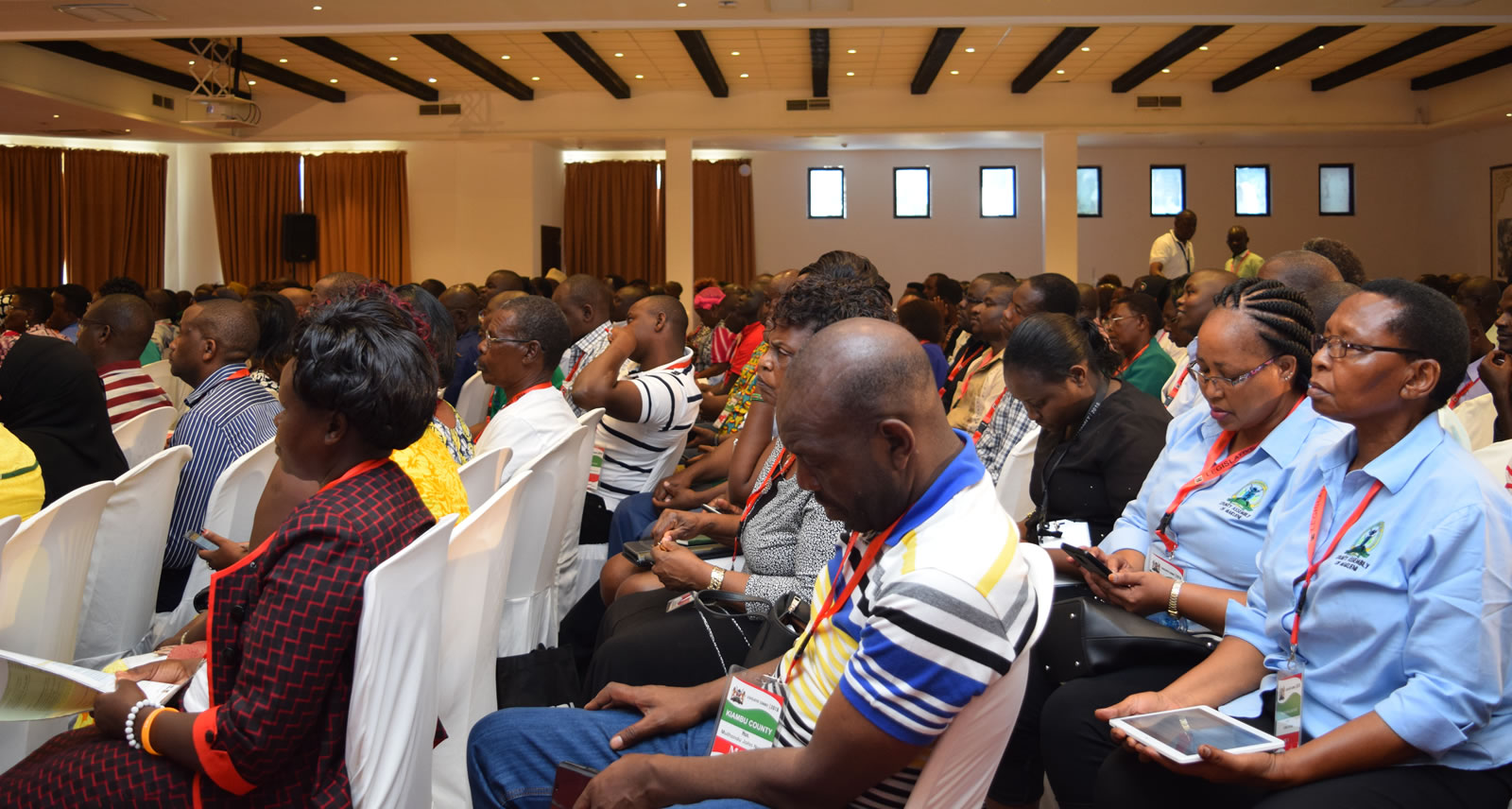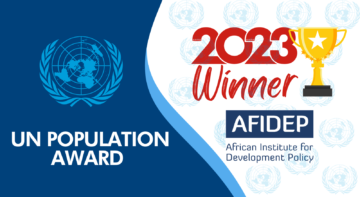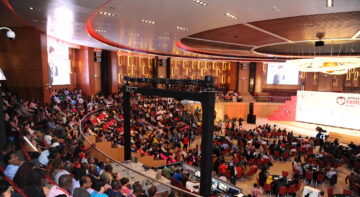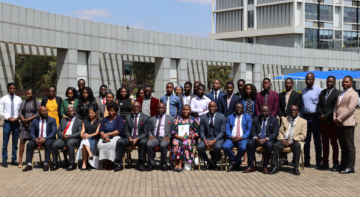Blogs

Conversations on the role of evidence in decision-making have continued to gain pace in recent years and I have blogged on this here and there. Evidence, be it from research or routine data, can ensure that development decisions, particularly policies and legislation, are cost-effective, address the right challenges in the right manner, and are scalable. This is especially critical in the face of limited resources. In its most recent Budget Policy Statement, Kenya’s National Treasury indicates that in a bid to overcome prevailing financial obstacles in the implementation of the Medium Term Plan III for Vision 2030, the government will, among other measures, cultivate partnerships with the private sector and gradually reduce investments in “non-priority’ areas. I am curious what these non-priority areas are, and the evidence considered to declare them non-priority. In this time period, the government will focus on the “Big Four’ agenda, in collaboration with county governments as I have discussed here.
The “Big Four’ Agenda aside, just how evidence-informed are the decisions that both the national and county governments are making? And how much do decision-makers appreciate the role of evidence as they undertake their mandates?
Some appreciation of evidence
I had the opportunity to engage with staff working alongside legislators in county governments, on the role of evidence-informed decision-making in legislative processes at the just concluded Legislative Summit convened by the Senate and the County Assembly Forum in Mombasa County. The staff, most of them researchers, noted that they undertake research and analysis on various issues and provide perspectives to the Senate and County Assembly. For instance, on matters to do with financial planning for development initiatives, the team comprises fiscal analysts who undertake the relevant projections and analysis. Staffing also includes legal counsels, who undertake legislative research on every Bill presented on the floor.
Therefore, based on the discussions of staff present at this session, the use of evidence in legislative processes is not entirely absent. However, a deep dive is needed to further interrogate the use of evidence in decision-making processes at the county level.
Not evidence-informed
While some of the structures that favour an evidence-informed culture in county legislative processes are said to be in place “ such as a research department, budget office and a fairly small legal counsel, Mr. Isaak Kitur, the Clerk of Bomet County Assembly pointed out that decisions are not always evidence-informed. He gave the case of the cash transfers programme for the elderly that nearly brought the county to its knees, financially. The programme, referred to as Older Persons Cash Transfer (OPCT), is a government initiative that commenced in 2007 with the objective of reducing poverty among vulnerable populations, including but not limited to senior citizens.
The programme is reported to have been implemented by the Bomet County government since 2014, where senior citizens aged 65 years and above received Kshs. 2,000 per month each. According to Mr. Kitur, the number of beneficiaries continued to swell immensely and by 2016, the County could not keep up with the financial burden. Through the budget office, they made a case to discontinue implementation, citing that this was not a function of the County government. Mr. Kitur notes that both national and county governments should have conducted feasibility studies to ensure the programme was rolled out effectively (as per the needs of each county) and there were sufficient funds to meet the programme objectives.
The untold challenges of evidence use
Importantly, county assembly and senate staff appreciate that evidence is key. However, they agree that there are challenges that stifle progress. As part of my presentation, we discussed the poor relationships between staff and legislators; legislators and researchers in the broader scientific community, and how this impedes the flow of relevant evidence into policy/legislative spaces. Other challenges include wrong timing “ where evidence may be relevant, but it does not respond to the needs of legislators at that particular moment. Success is further impeded if the evidence is framed in a manner that is not sensitive to either cultural and/or religious inclinations. The messaging may also be vague and the lack of clarity means legislators may not pay attention even if the evidence is robust and relevant. Further, lack of capacity at both individual and institutional level can inhibit progress. Individual barriers include the inability of staff to find, assess and use evidence to support decision-making processes. At institutional level, bottlenecks include poor infrastructure such as the lack of access to online databases or physical resource centres, poor/lack of internet connectivity, among others.
While these challenges exist and need to be addressed to improve evidence use in legislative processes, they are not the only barriers of progress. For instance, one participant noted that technical officers are sometimes afraid of putting evidence on the table for fear that they may elicit intimidation from their superiors. Research staff may therefore “downplay’ evidence to avoid “ruffling feathers’ at higher levels of power. As such, decisions are made based on skewed opinions as the evidence has been “doctored’ to fit the bill. Some legislators are also reportedly “evidence-averse’ making it difficult for researchers and other technical staff to support an evidence-use culture.
Further, it appears that research departments are relatively new in most county assemblies and as a result, the structures are not well grounded yet. Therefore, a lot remains to be done to strengthen these departments both at individual and institutional level. Finally, some research staff note the apparent lack of appreciation of their roles in the county assemblies. As one participant noted, they feel despised. This speaks to a glaring gap in the motivational factors that could enhance the self-worth of these technical staff.
What now?
While these challenges pose major barriers to the progress of evidence use at county level, it is encouraging that the existing crop of technical staff have an appreciation of the value evidence can bring to legislative processes. In order to bridge existing individual capacity gaps, there already exist trainings on evidence use. Institutional barriers can also be overcome by adopting guidelines for evidence use among other investments. With proper planning and effective budgeting, the infrastructural bottlenecks can be overcome.
However, the greatest hurdle lies with bringing about a mindset shift among legislators, who are the end users of the evidence. Interventions to build a culture of evidence use should therefore be dyadic, targeting both staff and legislators simultaneously. There is also need to strengthen the relationships between legislators and their staff, to break down the apparent wall created by the existing power dynamics. On the other hand, technical staff need to invest in themselves by raising their professional profiles through participation in relevant scientific conferences and publishing in peer-reviewed platforms. This will help strengthen their self-worth beyond their routine roles. In addition, efforts should be made to strengthen links between county assemblies and research and academic institutions, think tanks and professional bodies, to ensure legislators and their staff have access to a broad range of expert advice.
As with any community-responsive intervention, building a culture of evidence use is not a one-size-fits-all. My engagement with county staff brought some fresh perspectives on how we can make evidence-informed decision-making a reality at the grassroots.
Related Posts




